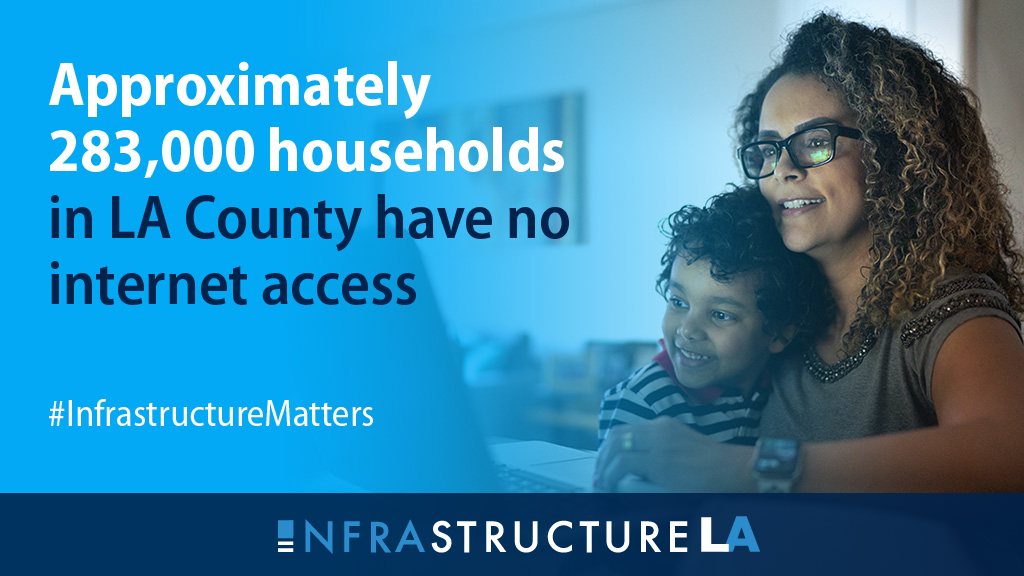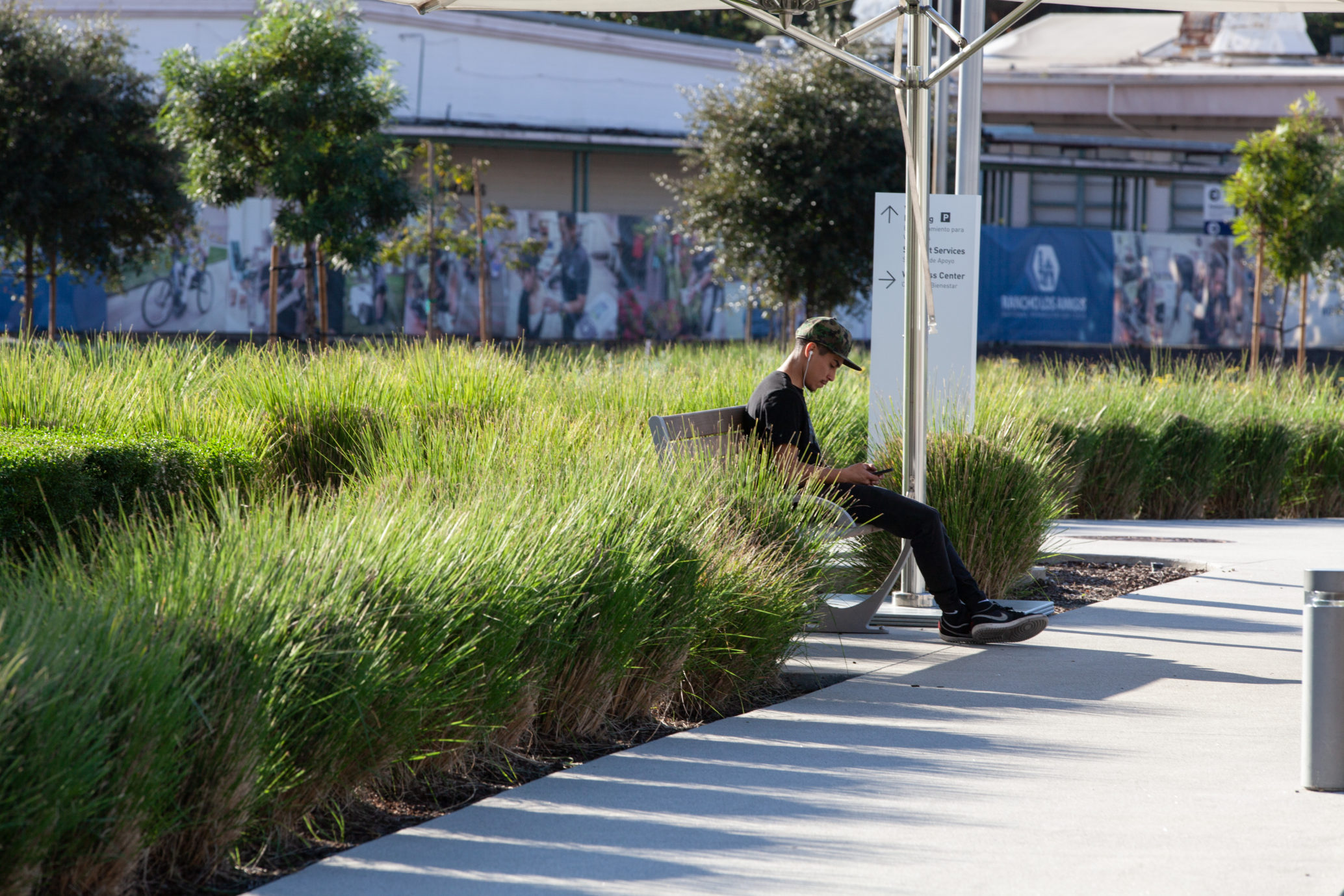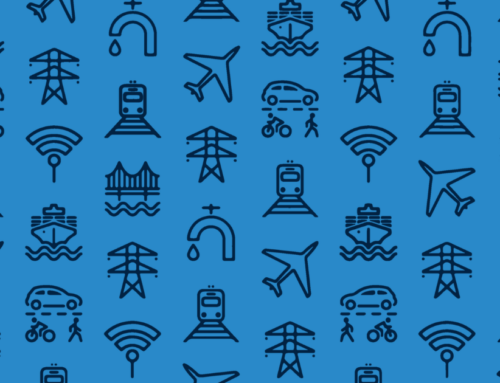Good Connections Are Essential
Whether you’re a business, a family with school-aged children, a physician and patient discussing a health report, an academician conducting research, or simply staying in touch with friends and loved ones, access to broadband directly impacts your quality of life. The pandemic has put a harsh spotlight on the digital divide that exists between those that have access to broadband and technology and those that do not. Many who transitioned to working from home and distance learning discovered that broadband is essential infrastructure and the need for affordable, reliable telecommunications services and resources is now more important than ever.

According to the American Community Survey Data, approximately 283,000 households in LA County have no internet access. And according to a survey conducted by the Los Angeles Times and the California Department of Education this primarily impacts low-income residents—only 65% of low-income areas have internet access and 51% have a computer at home. No one felt the impact of the digital divide during the pandemic more than school-aged children.
A recent study by the USC Annenberg School of Communications found that 1 in 4 families with school-aged children in LA County did not have the technological resources for distance learning. Cost is by far the single biggest factor preventing those without internet connectivity at home from going online.
Broadband infrastructure is the infrastructure of the 21st century. Eliminating the digital divide is a major component in the fight for equity. Without investment, under-connected households will continue to be at a disadvantage because they won’t be able to complete schoolwork, apply for jobs, take online classes to expand workforce skills, or even pay a simple bill online.
The American Jobs Plan proposes investing $100 billion to increase access to affordable broadband infrastructure. It recognizes that good connections are essential for our region’s economic recovery and quality of life.




